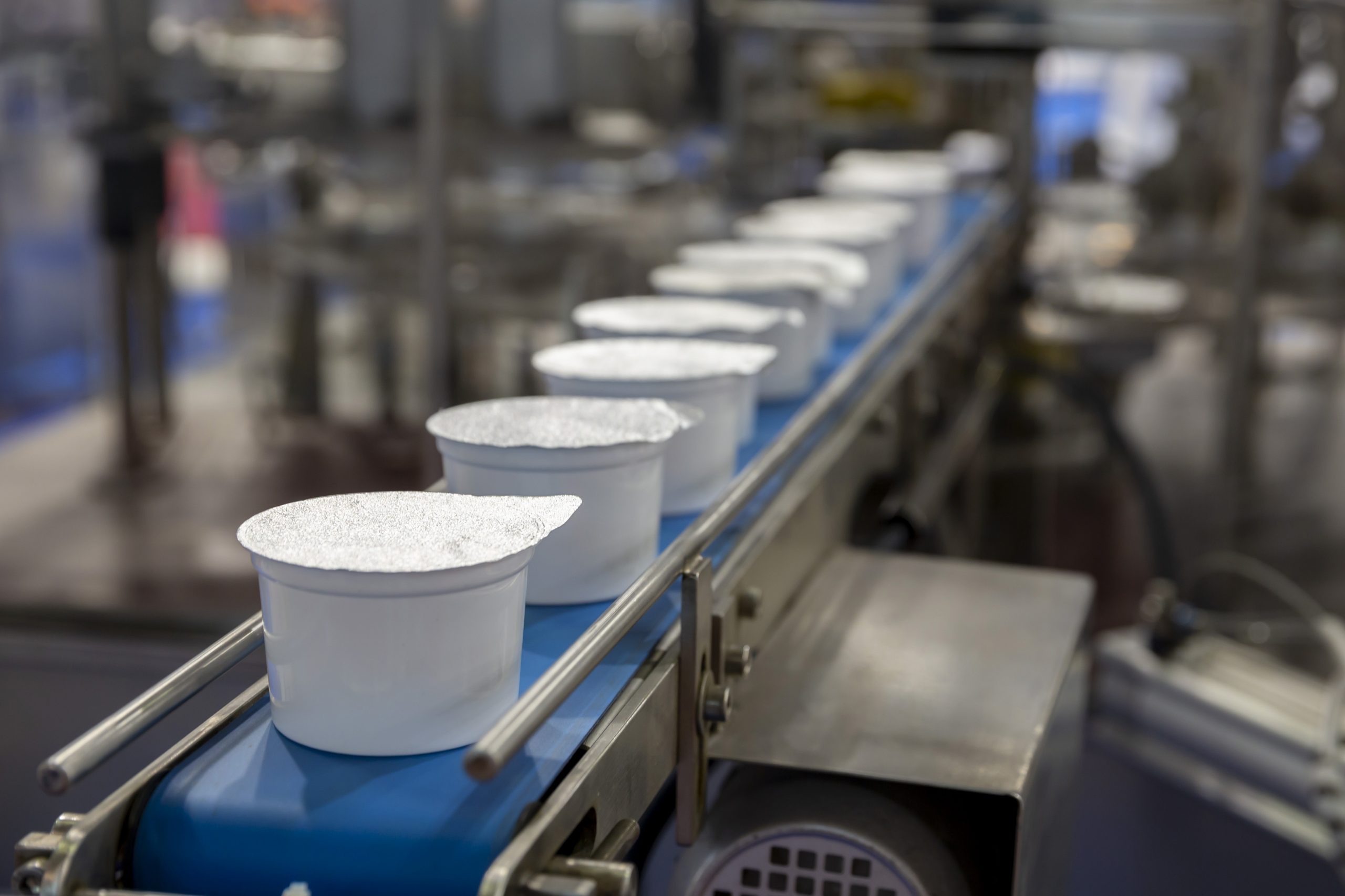Situation
A dairy product manufacturer recalled a product due to a listeria monocytogenes contamination. Before the recall, the manufacturer shipped the affected product to numerous customers who used it to manufacture other food items. Some of these customers then sent their products to third-party customers. As a result, there was a significant number of claimants across the country.
The product recall claim included the cost of the product, retailer penalties, lost sales value of finished goods inventory, sales losses due to the inability to fill orders, and various additional expenses, including dumping, warehouse, and labour. The client engaged MDD to assess and quantify these claimed costs.


Key Questions
- Were the claims for recall costs supported?
- Should the recalled items be valued at selling price or cost?
- Could the claimant claim the impact on sales streams from products not associated with the recall?

A Customized Response
MDD created a tailored response to each claim element. Our approach considered the following:
- The location of claimants across the country – MDD mobilized staff across multiple office locations to meet specific needs concerning office and site visits.
- The vast number of claimants
- Where the product was in the manufacturing process at the time of the recall
How MDD Helped Quantify Different Types of Claims
Recall Expenses
Many of the claims included costs for expenses related to the recall of the impacted products such as storage and handling and internal labour. To determine the nature of the costs incurred, MDD discussed these expenses with claimants. Upon examining their documentation and conducting further discussions, we determined that the loss measurements should consider expenses such as destruction, storage and handling expenses. However, since other claimed expenses such as internal labour were not incremental, we designated these as normal operating expenses the claimant would recover through sales.
Value of Recalled Products
Some claimants sent the manufactured products to their customers and, as a result, had to have their customers dispose of the product or send it back to the claimants’ facilities. The claimants refunded the customers for the products. Because they could not re-supply the product, they claimed the recalled products at the selling price. We analyzed the claimants’ sales and confirmed that the replacement product had not shipped, and the claimant did lose the resulting sale. As such, we agreed with the valuation of recalled products for certain claimants at the selling price.
With other claimants, however, our analysis of the claimant’s weekly sales indicated that sales were subsequently recovered for a sample of larger customers and the claimant’s overall sales were not impacted. As a result of this analysis, the loss of product destroyed for those other claimants was valued at the cost versus selling price.
Non-Recalled Sales Streams
A claim for other revenue streams that did not contain recalled products was also submitted. Those claims included items such as beverage vending machines, service and catering, and cafeteria sales. We examined the various sales streams and determined a minimal decline in sales, and the decline that did occur was not related to the product recall. As a result of our analysis, the claimed sales losses from non-impacted sales streams were removed from the claim, in agreement with the Insured.
The statements or comments contained within this article are based on the author’s own knowledge and experience and do not necessarily represent those of the firm, other partners, our clients, or other business partners.
CONTACT
CONTACT MDD
Our firm has over 80 years of experience working on assignments that span over 800 industries around the world.




